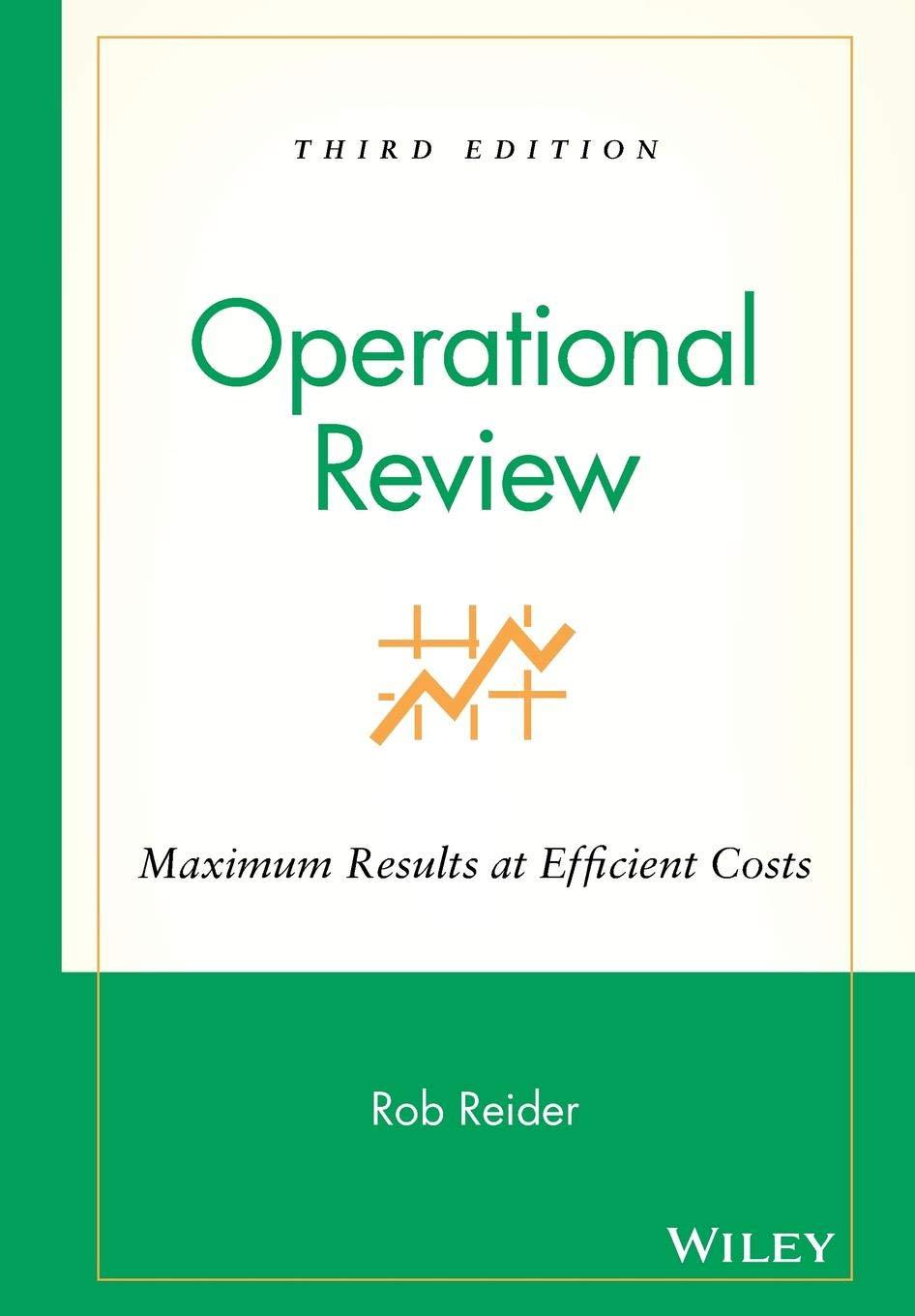Question
Below is a Statement of Financial Position for a small business as at the end of 2019 with the total liability and total equity figures
Below is a Statement of Financial Position for a small business as at the end of 2019 with the total liability and total equity figures removed.
($000) ($000)
Current Assets Current Liabilities
Cash 6 Suppliers Accounts Payable 13
Inventory 24
Prepayments 7 Non-Current Liabilities
Fixed Interest Bank Loan 40
Non-Current Assets
Property, Plant & Equipment 40 Equity
Accumulated Depreciation (5) Contributed Capital 5
----- Retained Earnings ?
Total Assets 72
Question 3
Below is a list of some of the account totals from the trial balance at the end of 2020 for the business in Question 2.
Account Totals $
Credit Sales 180,000
Cash Sales 30,000
Cost of Goods Sold 96,000
Inventory Purchases 90,000
New Equipment Purchases 2,000
Lease Expenses 7,000
Utilities Expenses 4,000
Depreciation Expense 3,000
Interest on Bank Loan 4,000
Drawings 10,000
- Using the information from Question 2 & 3, explain why the total inventory on hand at the end of 2020 should be $18,000. (2 marks)
Answer:
- Calculate the Inventory Turnover ratio for 2020. (2 marks)
Answer:
- Hence or otherwise, calculate the Inventory Days for 2020. (2 marks)
Answer:
- Comment on your calculated answers for the Current & Quick ratios in Question 2 and the Inventory Days in Question 3 part c). (4 marks)
Answer:
- The business pays a flat tax rate of 30%. Construct a Statement of Financial Performance for the business for 2020 showing:
i) gross profit ii) operating profit & iii) net profit after tax (8 marks)
Step by Step Solution
There are 3 Steps involved in it
Step: 1

Get Instant Access to Expert-Tailored Solutions
See step-by-step solutions with expert insights and AI powered tools for academic success
Step: 2

Step: 3

Ace Your Homework with AI
Get the answers you need in no time with our AI-driven, step-by-step assistance
Get Started


